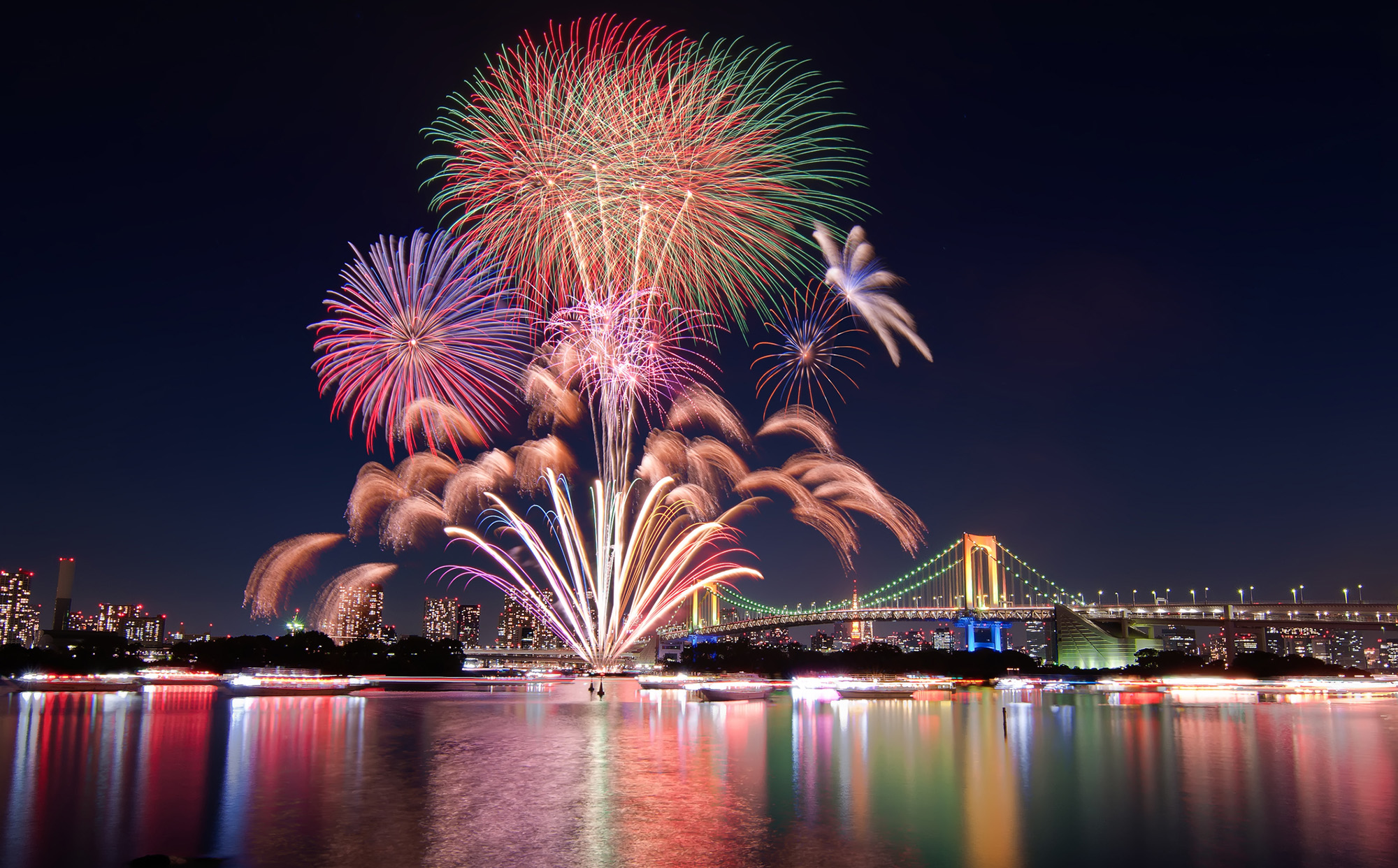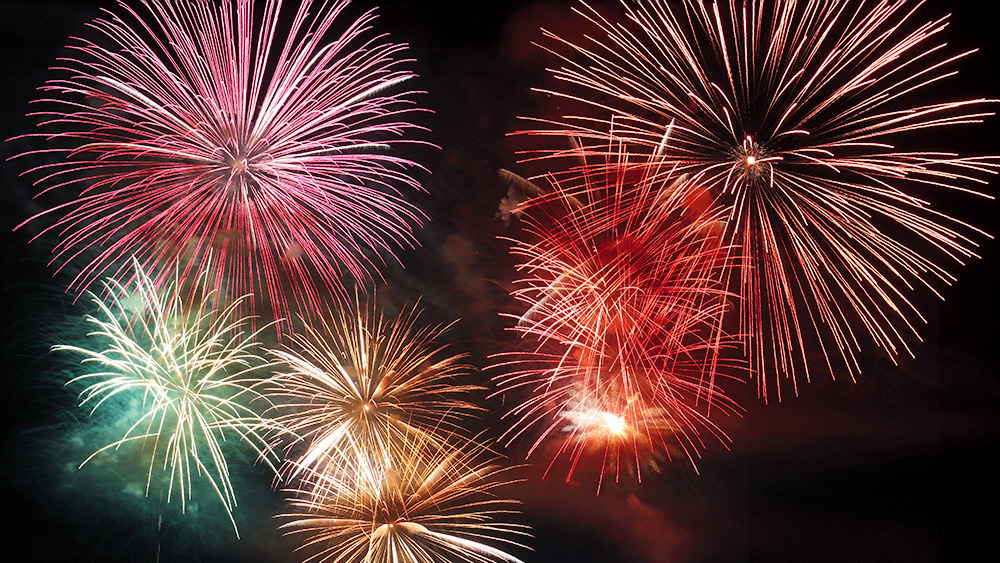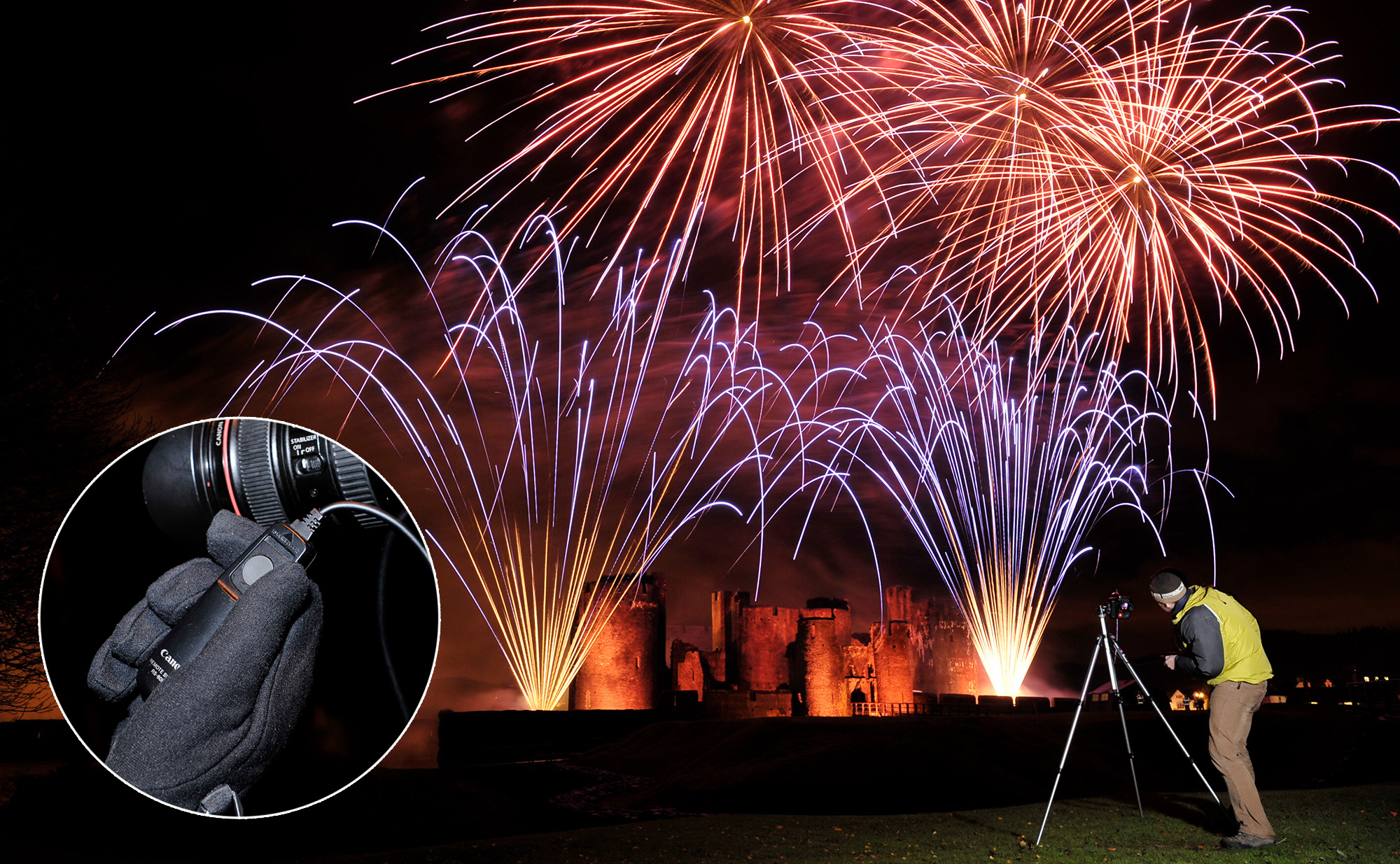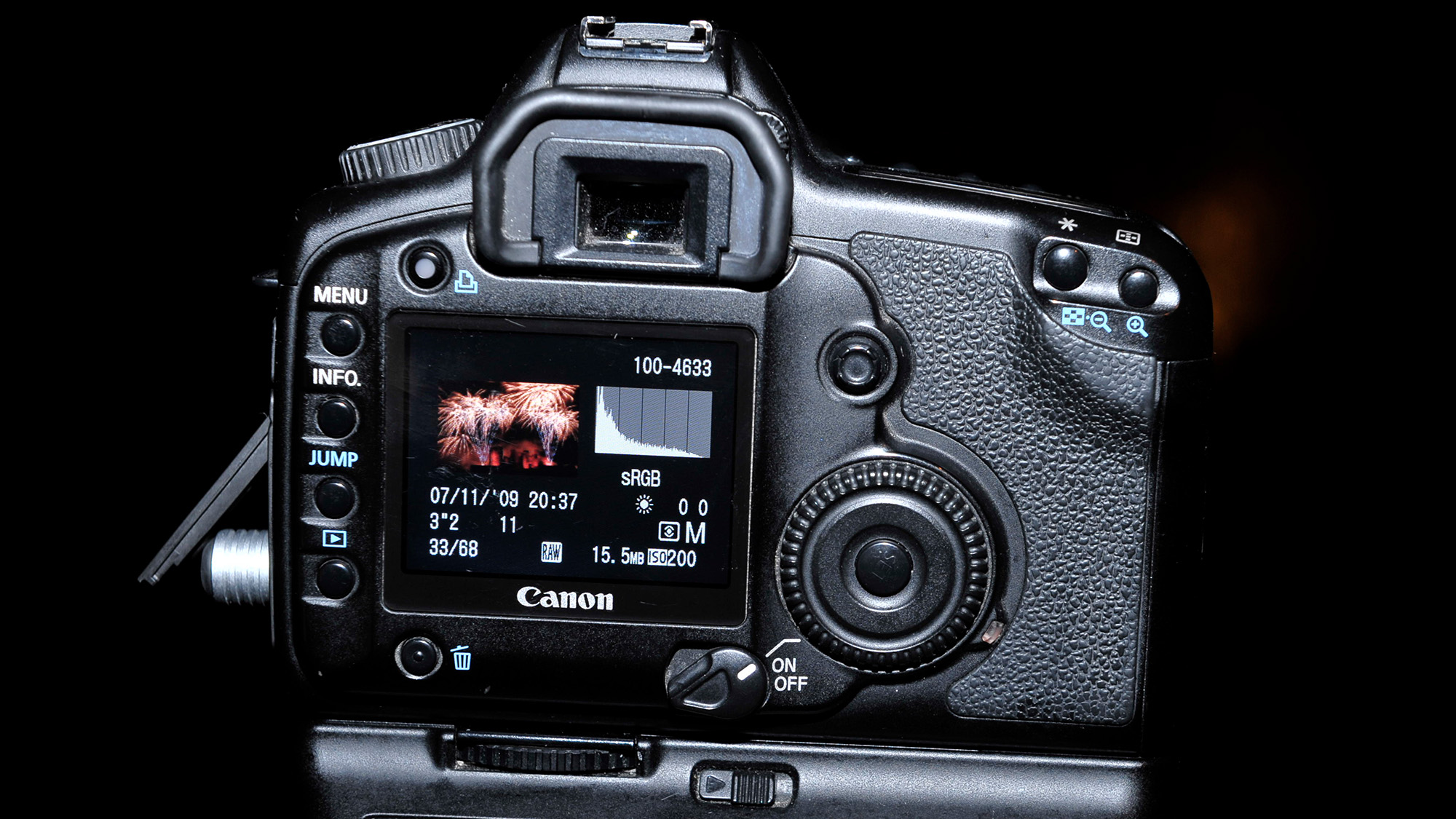Want to photograph the New Year's Eve fireworks? Here are my explosive secrets...
New Year’s Eve is a fantastic excuse to head out and photograph fireworks – use my sparkling selection of tips and rocket to success

I love photographing fireworks displays. Few events prompt more oohs and aahs from onlookers, so it’s certainly not surprising that these vibrant and explosive trails of light make fantastic photography subjects.
Better yet, you don’t need the best mirrorless camera to capture them; any manual-capable camera will do, be it one of the best DSLRs, bridge cameras or even beginner cameras. A wide range of lenses will work, too. All you really need is a sturdy tripod and a remote shutter release.
If you know how to paint with light at night then you’ll have no trouble capturing fireworks. The biggest challenge is getting your exposure right, since you probably won’t be able to trust your camera’s light meter. Thankfully, I’ve come up with a list of tips and tricks that’ll have you capturing the explosive action in no time.
Here’s how to photograph fireworks…
What lens should I use to shoot fireworks?
Different focal lengths provide various advantages and disadvantages. For example, the best wide-angle lenses are great if you’re shooting a large display over a huge subject, such as a castle or football stadium. But for a smaller home display, where the fireworks don't spread across the sky, wider lenses may diminish the fireworks’ presence.
The best telephoto lenses are a great choice if you need to ‘crop’ into displays that are farther away, and will enable you to fill the frame with exploding fireworks. But if you’re too close you will struggle to frame both the fireworks and foreground interest. The best standard zoom lenses will provide a middle ground between the two and are a safe option if you're not sure what to expect from the location and/or display.
My preference would always be to choose zoom lenses over the prime lenses, because they provide you with more versatility should you need to adjust your focal length during the display itself. Some displays can be over quite quickly, so you don’t want to be changing lenses mid-shoot unless you’ve already bagged your best shots and want to experiment.
No matter what focal length you use, I recommend pulling back slightly from where you anticipate the fireworks to be. This is because you’re never quite sure how far they will spread or how high they will go – and while you can always crop a little in post-production, you can't bring back fireworks that stray beyond the frame.
How do I compose fireworks photography?

You have multiple options when it comes to framing fireworks. Perhaps the most obvious option is to isolate groups of fireworks as they explode in the night sky. This will produce an abstract-looking image and is very effective. But my preferred way of photographing fireworks from a creative photography perspective, is to frame them above some kind of foreground or midground interest. This is usually a large structure, such as a castle, football stadium, or stately home.
Perhaps the most impressive way to photograph fireworks is to shoot them over a body of water, so you double the impact by reflecting them in the water. If you’re heading to a local fireworks display with no discernable foreground interest, you may wish to opt for my first suggestion. But if you’re serious about fireworks photography, you’ll want to head to a display where you know there will be something interesting in the foreground or midground.
Since you'll be shooting on a tripod, the framing of each shot will be identical. So if you're really struggling to capture an even spread of fireworks in the night sky, just keep shooting. That’s because you can blend multiple exposures together after the fact in post-production to produce a balanced composition. This method also enables you to fill the frame with the very best firework specimens from the display.
How do I focus on fireworks?

I always switch to manual mode when photographing fireworks. Unless you have a very bright, illuminated foreground subject that you choose to focus on, autofocus won’t be able to focus in the dark. The fireworks are also likely to be so sudden and chaotic, AF won’t be able to keep up.
By switching to manual mode you can choose to set the focus ring to infinity – indicated by the '∞' symbol on your lens. If your lens doesn’t have this symbol, simply focus on an object that’s far away or roughly in line with where you expect the fireworks to be. If all else fails, simply focus one-third of the way into the frame.
Why you need a tripod and a camera remote…

One of the best tripods is essential for the long exposures required to capture fireworks and, since you’ll only be moving your camera once or twice (if at all) during the shoot, your arms and back will thank you, anyway.
Personally, I tend to avoid the best camera remotes in favor of using an exposure delay mode when shooting long exposures. But remote shutter releases are essential when photographing fireworks because you need to time your shots to get the best spread of firework light trails.
Why your batteries could drain faster…
New Year's Eve tends to be one of the coldest times of the year (and indeed, many fireworks displays throughout the year coincide with cold weather – even on the Fourth of July the temperature can drop in the evening!).
As such, always make sure you take a couple of spare camera batteries with you. This is because batteries drain faster in cold weather. A good tip is to keep your spare batteries in an inside jacket pocket, where they’ll stay warmer.
What exposure settings should I use?

Metering fireworks displays isn’t easy, and due to the sudden, intense nature of exploding fireworks I don’t recommend relying on your camera’s in-built light meter. I always photograph fireworks in manual mode and start with a middling aperture of f/8. This is narrow enough to produce a large depth of field, but will let in more light than f/11 (a landscape photography staple).
I like to start at my camera's base ISO and, when the fireworks begin, adjust my shutter speed accordingly. The longer the exposure, the more fireworks you’ll capture in a single frame. Smaller displays with fewer fireworks may benefit from longer exposures, so you can ‘fill’ the frame with fireworks over a 10, 20 or even 30-second exposure.
But with very busy displays, you may find that very long exposures simply capture too many fireworks – which can look messy. In these instances you can reduce your shutter speed, narrowing your aperture and / or lowering your ISO to compensate (if possible).
If you find yourself having to raise your ISO too much, you can always widen your aperture. But the shallower depth of field may make focusing more of a challenge, particularly if you’re capturing tighter compositions with a telephoto lens.
For particularly sparse displays, you can use bulb mode. However, the success of bulb mode may depend on how much ambient light there is around the fireworks. A football stadium, for example, will have far too much ambient light for bulb mode to be a viable option.
You may also like...
If you're really into low-light photography, check out the best low-light cameras.
If you're into fireworks, then you're probably into other forms of long-exposure light photography. Did you know, you can spin wire wool for captivating long-exposure low-light photography?
You can also try capturing light trails from the comfort of your own car, too!
Get the Digital Camera World Newsletter
The best camera deals, reviews, product advice, and unmissable photography news, direct to your inbox!

Mike is Digital Camera World's How To Editor. He has over a decade of experience, writing for some of the biggest specialist publications including Digital Camera, Digital Photographer and PhotoPlus: The Canon Magazine. Prior to DCW, Mike was Deputy Editor of N-Photo: The Nikon Magazine and Production Editor at Wex Photo Video, where he sharpened his skills in both the stills and videography spheres. While he's an avid motorsport photographer, his skills extend to every genre of photography – making him one of Digital Camera World's top tutors for techniques on cameras, lenses, tripods, filters and other imaging equipment – as well as sharing his expertise on shooting everything from portraits and landscapes to abstracts and architecture to wildlife and, yes, fast things going around race tracks...
